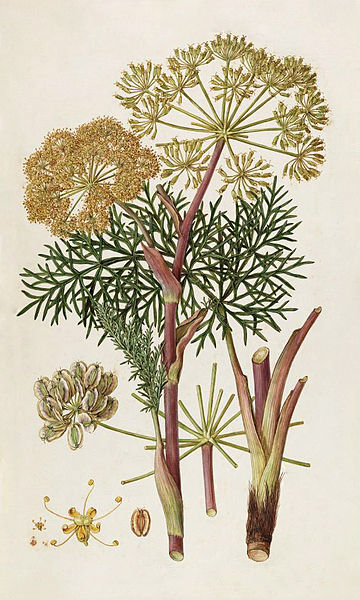Do you love the smell of libraries? Not the ordinary municipal ones, which are great and valuable in their own right, but the ones in universities, in research institutes, their shelves lined with journals, folios, magazines as well as books. All of them holding dust and history and secrets in equal measure. It's a slightly musty smell and is redolent of learning and curiosity and the odd snore when it's all just too much for a tired student. Wiki and Google are great (and I'll be using them here this week): as someone in the New Yorker remarked, we all live in a library now, our smartphones pulling journals and tomes off a virtual shelf for us at the touch of a finger; but online doesn't have the same feel as walking down a narrow aisle of floor-to-ceiling shelves all bearing words and pictures on something you want to know more about, nor can it reproduce the thrill when you see right in front of you an almost 500-year old book.
Half a dozen of us were lucky enough to get a tour of the
library in the Botanic Gardens last Friday, and we were treated to a view of a couple of its rare book treasures as well as some of its many botanical paintings and illustrations. Winter sunlight streaming in from the gardens outside, a warm well-lit library, a handful of budding (sorree) botanical artists and a charming and informative librarian (Ms Alexandra Caccamo) all made for a really delightful time.
The most astonishing item we saw was the first: the
Herbarium vivae eicones ad nature printed in Strasbourg in 1532. Yes, 480 years ago. Still in its vellum cover. And we were allowed to ooh and aah over its amazing woodcuts by
Hans Weiditz, a contemporary of Albrecht Durer. The astonishing thing about the woodcuts is that Weiditz represented the plants in a realistic fashion, blemishes and all, which was not at all the done thing at the time. Rumour has it that the author of the book, one Otto Brunfels, was more than a little irritated by this.
From one astonishing European artist to another:
Ferdinand Bauer did the illustrations in the
Flora Graeca, of which the Bots Library has a full set of 10 volumes. Published in the early to mid-1800s, the flora's author is named as John Sibthorpe, although it was James Edward Smith and John Lindley who did most of the work after the former's death. But Sibthorpe had the connections, the money and left a generous endowment to Oxford (nothing much changes does it?). Bauer's work in the
Flora Graeca is astonishing, all the more so when you hear how he worked: apparently he made sketches in the field, adding notes and numbers to the sketches to indicate colours (he couldn't carry all his colours with him). He then worked on the illustrations after his return and created hundreds of plates of exquisite and accurate detail. To see these in person in one of the volumes was such a treat.
The library also has a wonderful collection of
botanical art, from the lady painters of the 18th and 19th
 |
Nigella damascens by Wendy Walsh
(from here) |
centuries--many of whom you can imagine extolling the
blessings of a good thick skirt--right through to contemporary artists such as Wendy Walsh,
Susan Sex and
Deborah Lambkin They weren't all ladies though - some gentlemen got a look-in too,
Redouté of course, who managed to hang on to his head despite being painter to the queen at the time of the French Revolution, and closer to home,
George du Noyer, whom I'd known better from his work on the Irish Ordnance Survey and his paintings of rocks and landscapes.
 |
| Tomato. Honest. By me. |
I went home and looked at the tomato I'd tried to paint and sighed. But then some of the artists didn't really start their work until their forties and fifties and Ms Walsh is still painting in her nineties. Maybe I'll be a late bloomer. And you have to hope I'll give up the dreadful puns too.
Not much happening in the garden at the moment. November dreariness hit its nadir today, lights on in the house at three in the afternoon, cold rain all day, relentless grey. Just as well the pool in the back garden did its thing this morning: catching the early sunlight over trees in another garden, borrowing light and graciously lending it to a gardener with the winter blues.
 |
| Borrowed sunlight |
Have a good week all.
(And when you've a few spare moments, look at this take on
libraries: more wonders).




































